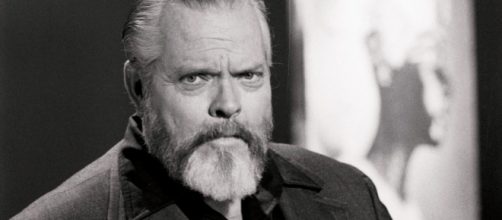According to reports, Netflix will release and finalize an unfinished movie of the late Orson Welles. The deal clarifies that "The Other Side of the Wind," a film meant to satirize avant-garde filmmakers will not end up a lost film. Reportedly, Netflix will finance and distribute the movie, which Welles had been working on since 1970.
What is happening behind the scenes?
While the film went unfinished, Welles reportedly hoped that the film would serve as both his comeback and opus, having even hoped it would prove more popular than "Citizen Kane." While not intended to be an autobiography, the film would have been inspired by both Welles’ own life and the life of writer Ernest Hemingway, possibly similar to how “Citizen Kane” took inspiration from the life of William Randolph Hearst.
In addition to Netflix’s involvement, Peter Bogdanovich and Amblin Entertainment founder Frank Marshall, both of whom were involved with the project near its original inception, are both said to be involved in the project’s reboot. Although many of the main scenes had been filmed, Welles reportedly never cast a lead actor, which should help in the transition to the film’s modern production.
There were two films for the price of one
The main character of the picture was going to be, and now will be, a once famous director named "Jake Hannaford" who returns to Hollywood in order to develop a comeback film, after having lived in Europe for years. The name of the film, "The Other Side of the Wind," took its name from the fictional movie inside the film itself.
Welles would have developed the film in an unusual manner, having made two films that he intended to fuse into one whole film. The first film would have been about Hannaford’s attempts to create the titular film, while the second would have involved a famous actress from Hollywood’s golden era trying to throw Hannaford a birthday party. Reportedly, the actress would have been somehow based off of Marlene Dietrich, who was a real-life friend of Welles. The pragmatic reason for filming the two stories separately would have been due to the first film being played during the party of the second film.
An excerpt from the film, seemingly taken from the second film, was released as part of the 1995 documentary, "Orson Welles: One Man Band."

